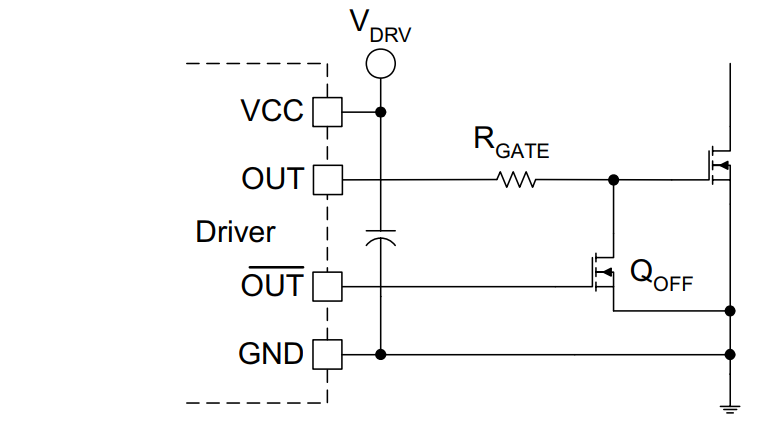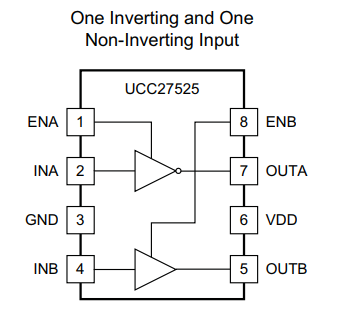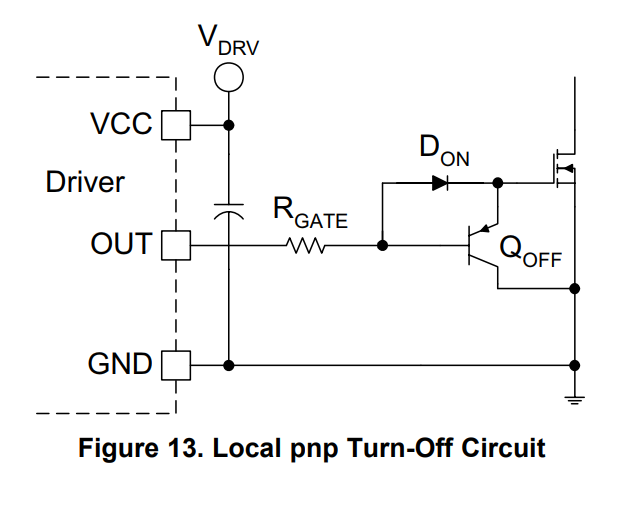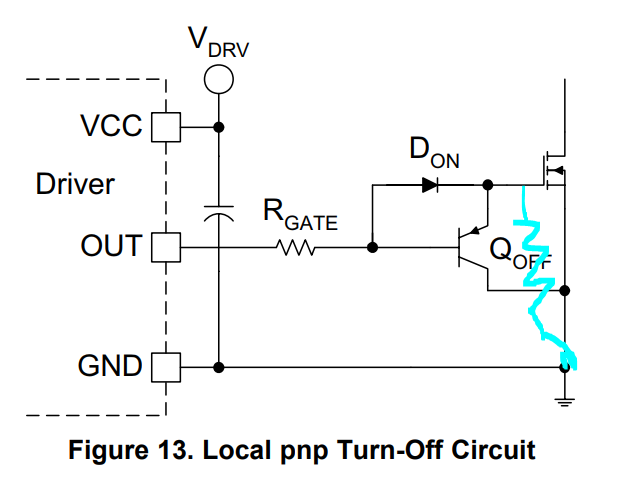Other Parts Discussed in Thread: UCC27525, UCC27527, UCC27526, UCC27517, UCC27511A
Customer is asking for the roadmap for LM5134? They think the extra gate drive output PILOT is really helpful for their paralleled mosfets, which is complementary to the OUT pin. Is there any new device has similar function?






